
Most modern homes have numerous small electric appliances but few home cooks consider the cost of operation of these appliance. The cost of cooking does add to the overall cost of the meal so should be included when calculating your food costs to give you a good idea of how much your food actually costs. Choosing the right electric appliance can save you money. For example one of my slow cookers (an appliance often recommended for saving time) is 325 W (4¢ per hour) while my large burner is 2000 W (24¢ per hour) so on the surface it looks like the slow cooker is the better deal. However, the slow cooker would cost 24 - 32¢ to use for 6 to 8 hrs, quite common with slow cooked meals. The pressure cooker can cook the same meal in under 45 minutes using the big burner for a total cost of 18¢. If you use a slow cooker 3 times a week you could save $9.36 per year or 77,922 kW. It's not a large savings but it is a savings and with today's rising energy costs combined with a greater environmental awareness every kW counts! Where am I getting these figures?
I'm so glad you asked because it's time to do a little math. Don't worry, this simple equation for calculating the cost of operation for appliances is quite painless to master. This math will help you choose the right appliance for the desired results and may even help you weed out some of those high costing appliances while saving you money on your food prep.
To calculate the cost per hour for electrical appliances you will need: your electric bill and the wattage of the appliance. On your electric bill there will be the cost per kWh (ours is currently 5.6¢ per kWh). There may be a cost adjustment (CA) to account for electricity lost as it travels through the lines to your house (ours is 1.092). Finally there will be service charges. Ours are about 56% of the bill and electric use affects all the service charges so in reality our cost per kWh is 11¢. Next look for a label on your appliance that gives the specs. On that label there will be the wattage usually expressed as a number followed by W. What you need to do is convert W to kW so you divide this number by 1000. Now you have to multiply the kW by the CA by the cost per kWh by hours used so the equation looks like this:
Example 1: My large burner is 2000 W and I have it on for 1 hour.
2000/1000 x 1.092 x .11 x 1 = 24¢ per hour
Example 2: My large burner is 2000 W and I have it on for 15 minutes.
There are 60 minutes in an hour so 15/60 = .25
2000/1000 x 1.092 x .11 x .25 = 6¢ per 15 minutes








 Using the Griddle
Using the Griddle Cowboy Steaks
Cowboy Steaks Preparation
Preparation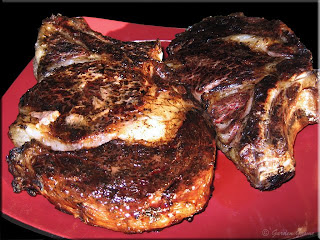 Grilled Roasts
Grilled Roasts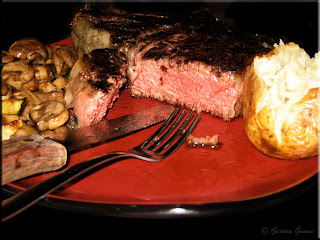
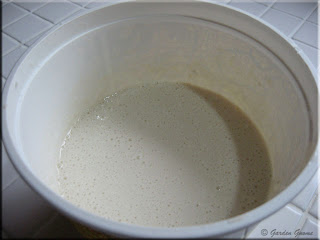 Before
Before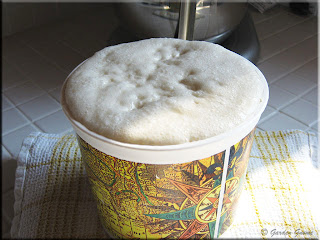 After
After Sourdough French Bread Loaves Cut
Sourdough French Bread Loaves Cut Sourdough French Bread (oven baked)
Sourdough French Bread (oven baked)
 Just Baked
Just Baked Easy Chicken Parmigina
Easy Chicken Parmigina Baked Peameal Bacon Roast
Baked Peameal Bacon Roast Peameal Bacon Dinner
Peameal Bacon Dinner Peameal on a Bun (2)
Peameal on a Bun (2) T-bone Steak
T-bone Steak Mocha Bliss
Mocha Bliss
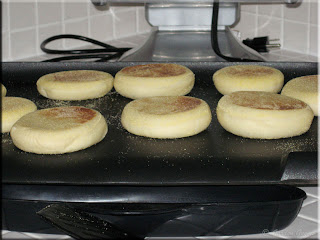 English Muffins
English Muffins Breakfast
Breakfast Roasted Chicken
Roasted Chicken Gravy
Gravy Roasted Chicken Dinner
Roasted Chicken Dinner Cream of Broccoli & Mushroom Soup
Cream of Broccoli & Mushroom Soup